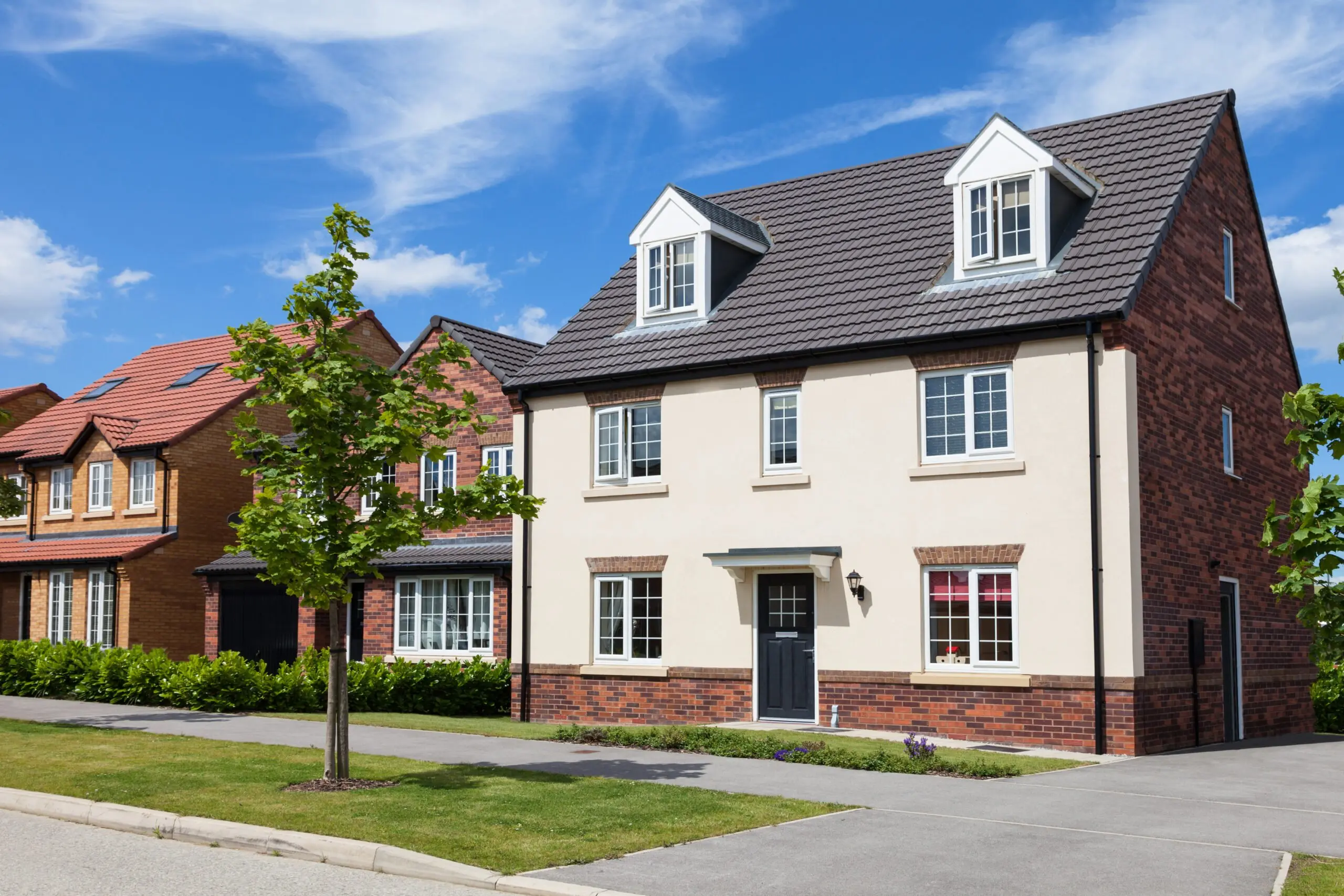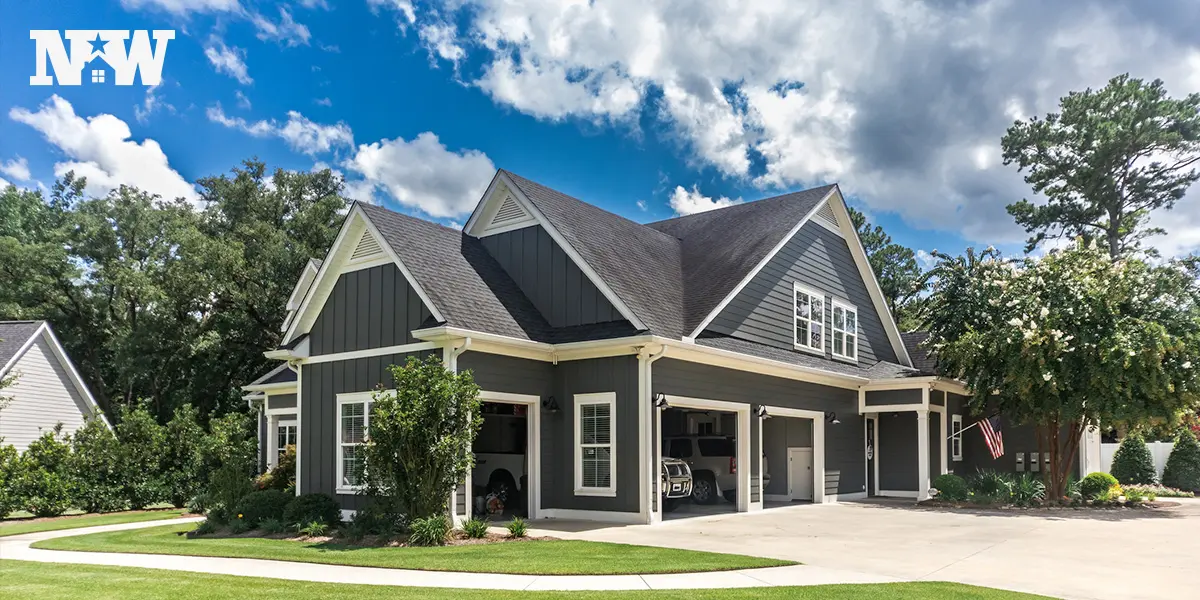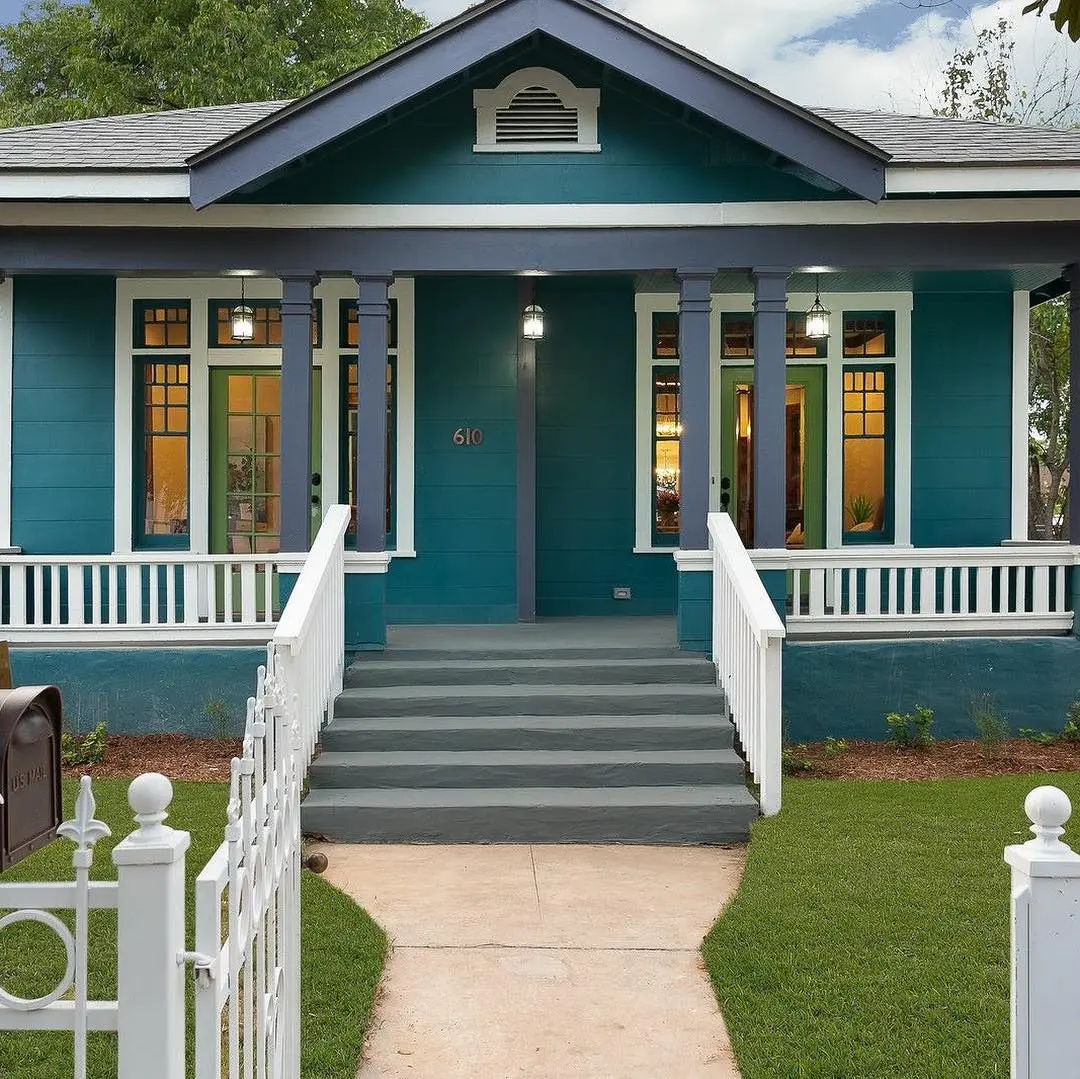Cap rate is an important metric to look at when determining a property’s profitability; but, did you know that the pro forma cap rate can give you a better overview?
Pro Forma Cap Rate: What Is It?
The original Latin meaning of pro forma was “as a matter of form or formality,” which explains why it’s still used today. When an investor is assessing a potential investment, they’ll figure out an estimation of the property’s future net operating income (NOI) and what the property could be worth in the future.
When using the pro format cap rate when buying and selling real estate, you’re looking at the bigger picture. You’re not just looking at the immediate costs or income generated… You’re looking at the property’s potential long-term performance, which is an important metric to consider if you’re not a fix-and-flip type of investor.
Calculating a Property’s Pro Forma Cap Rate
Don’t get us wrong, using cap rates to compare properties is one of the most common and reliable ways investors analyze a property’s potential return on investment (ROI). The formula is pretty simple and straightforward:
Net Operating Income (NOI) / Property’s Value = Cap Rate
For example, let’s say you’re buying a property that’s valued at $1,000,000 and the NOI is $60,000. The formula would look like this:
$60,000 / $1,000,000 = 6%
For this particular property, the cap rate is 6%. Depending on your risk aversion, 6% cap rate means you have a moderate risk of losing money on that particular property.
If you’re using the cap rate alone to assess a property’s investment potential, it’s assuming that you’re buying the property in cash and no repairs need to be made. The pro forma cap rate, on the other hand, factors in the cost of repairs with the purchase price.
To figure out a property’s pro forma cap rate, you’ll use this formula:
NOI / Property’s Value(+Repair Costs) = Pro Forma Cap
Using the same example as above, let’s say the property needed $20,000 in repairs. The formula would then look like this:
$60,000 / $1,020,000 = 5.8%
The pro forma cap rate for this property is now 5.8%. The percentage went down slightly
What Is a Good Cap Rate and Pro Forma Cap Rate?
The real estate industry is a risky business, to be sure. However, there’s absolutely nothing wrong with playing things safe — especially if you’re new to the game. So when it comes to determining is a “good” cap rate/pro forma cap rate, it really comes down to how much risk you’re comfortable with.
Typically, a higher cap rate is better when you’re looking to buy an investment property. When the cap rate is a higher percentage, the annual return on your investment will also be higher, and so will the risks involved.
You’ll want to choose your investment based on how much money you want (or need) to make annually. Real estate investors typically look for cap rates between 4% to 10% Some people like to play it real safe and aim for 3%, while others like to toe the line and aim for 6%; the returns are better without exposing yourself to extreme risks.
You can figure out how much you’re willing to spend on an investment property can easily by dividing the estimated net income by your target cap rate.
The 1% Rule
In real estate investing, the 1% rule helps investors choose real estate investment opportunities based on monthly income vs purchase price. For example, if the property cost $100,000 to buy, the investor will need to the rent to be $1,000 to $2,000 if they’re hoping to make a profit.
To determine the amount, take the property’s asking price and add the cost of any necessary repairs or renovations. You’ll then want to multiply that total by 1%. If you require financing to buy the property, you’ll want to compare the results to how much your mortgage is expected to be.
After doing that, you’ll better understand the potential cash flow the property may or may not generate.
It’s important to note that if you’re using the 1% rule, it isn’t the be-all-end-all in terms of determining whether a property is a good investment or not. It gives you a cursory view of rent-to-value ratios to check their viability. The rule excludes other expenses like insurance, maintenance, and taxes.
The 2% Rule
The 2% rule, like the 1% rule, is a way for real estate investors to gauge the rent-to-value ratio of a property. It’s based on the same principle as the 1% rule. However, according to the 2% rule, an investment property is a solid investment if the monthly rent equals or exceeds 2% of the total purchase price.
Does the 2% rule really help? Not really, because it’s rarely utilized these days. However, the 2% rule may be used by investors who purchase foreclosed homes in less-than-desirable neighborhoods.
Even if a rental property does not provide enough income to satisfy the 2% guideline, it may represent a worthwhile investment opportunity for capital growth. In the long term, you need to decide if appreciation or cash flow is more important to you.
Once you have a clearer picture of where you want to go financially, you can decide whether the 2% rule makes sense for your real estate investing strategy.
Pro Forma for Sellers
The value of the property could be artificially inflated by the seller through the use of pro forma. The real operating expenses can be decreased and the rent amount raised, for instance, to make the investment more appealing for interested buyers.
As an example, a seller has a rental property with an NOI of $1,400 per month. They also have similar rentals that have a cap rate of 6%. A seller can use this information to get a rough idea of the property’s market value. They’ll use the following formulas:
(NOI x 12) / Cap Rate = Market Value ($1,400 x 12) / 6% = Market Value | (NOI x 12) / Market Value = Cap Rate ($1,400 x 12) / $280,000 = Cap Rate |
| $16,800 / 6% = $280,000 | $16,800 / $280,000 = 6% |
Now, let’s say the seller hasn’t increased their tenant’s rent in a few years and the rent should be $1,600. They could increase the market value of the property by using the pro forma rent increase. The formulas would look like this:
| (NOI x 12) / Cap Rate = Market Value ($1,600 x 12) / 6% = Market Value | (NOI x 12) / Market Value = Cap Rate ($1,600 x 12) / $280,000 = Cap Rate |
| $19,200 / 6% = $320,000 | $19,200 / $320,000 = 6% |
Simply by using a pro forma cap rate, the seller could increase their property’s market value by $40,000 (about 12.5%). That’s a nice chunk of change, wouldn’t you say?
Pro Forma for Buyers
Unfortunately, when a seller uses the pro forma cap rate (regardless of the NOI really should be that $1,600 per month), the buyer will be at a disadvantage.
Sure, they can rest assured knowing that the property should be generating a higher income based on the current rental market, but they will have to come up with a higher down payment if they’re financing.
- A 20% down payment on a $280,000 property is $$56,000.
- A 20% down payment on a $320,000 property is $64,000.
On top of a higher down payment, if the buyer chooses to increase the tenant’s rent and bring it up to market value, they run the risk of losing a tenant. If they are unable to fill that vacancy for a few months, the NOI decreases, thus decreasing the property’s market value.
As an example, let’s say the property would be vacant for 3 months.
| (NOI Pro Forma – 3 month’s rent ) / Cap Rate = Market Value ($19,200 – $4,800 ) / 6% = Market Value |
| $14,400 / 6% = $240,000 |
In this example, the buyer would have overpaid $80,000 if the pro forma value was used ($320,000 pro forma – $240,000 actual market value = $80,000 difference).
On the other hand, let’s say the seller doesn’t know the rental market and is unaware that they should be getting $1,600 per month and they list their rental property for $280,000 with a $1,400 NOI and a 6% cap rate.
A savvy investor could scoop up that property increase the rent to $1,600, and then put it on the market using the pro forma value. That means they could make a nice profit.
What Is a Pro Forma Cap Table?
Pro-forma cap tables are useful for businesses because they allow them to keep track of their equity from the get-go. The document details the ownership stakes for current and future investors.
You can use the pro forma cap table to determine what percentage of the company’s equity to offer potential investors. A detailed cap table can give interested investors a better idea of the company’s finances and growth potential.
The main differences between a cap table and a pro forma cap table are:
- Pro forma cap tables can show you how the cap table might change when the financing is approved.
- Pro forma cap tables have to account for potential changes to convertible debt or any SAFEs (simple agreement for future equity).
- Pro forma cap tables can change several times throughout the negotiation talks between investors and business owners.
Components of a Pro Forma Cap Table
There are many components to a pro forma cap table. They include:
- Total ownership of the business, broken into shares.
- Stock options or warrants that can be offered in remuneration packages for consultants, directors, and employees.
- Common shares that represents how much of the company is held by public shareholders.
- Assigned and owed shares issued by the company.
- Preferred shares that represents the company’s preferred shareholders and usually offer better terms than common shares.
- Convertible notes (debt tools) that can be turned into equity later down the road. These are useful for new businesses who need to raise money without giving out equity.
Frequently Asked Questions
1. What Is Pro Forma EBITDA?
Pro forma EBITDA (Earnings Before Interest, Tax, Depreciation, and Amortization) provides a more thorough assessment of a company’s underlying performance because it doesn’t factor in finance-related things like interest or taxes.
Because of this, pro forma EBITDA provides investors with a more accurate idea of the amount of cash flow they could expect to get for the investments they make with the company.
2. What’s the Difference Between Actual Reports and Pro Forma?
A property’s “pro forma” performance is its potential, expected, or actual performance based on a set of expectations or hypothetical scenarios. In contrast, “actual” data shows an investment property’s real financial performance.
3. How Do I Calculate Net Operating Income (NOI)?
To get your NOI, you’ll need to subtract your operating expenses from the property’s total income. The formula will look like this:
(Total of all Revenue) – (Total of all Expenses) = NOI
Data you’ll want to collect and use include:
| Revenue | Expenses |
|
|
Pro Forma Cap Rate Wrap Up
When buying or selling real estate, making use of the pro format cap rate allows you to take a step back and see the wider picture. You aren’t only considering the current expenses or the income that will be generated.
You’re thinking about the property’s prospective performance over a longer period of time, which is an important factor to take into consideration if you aren’t the type of investor who buys and sells properties quickly.
When it comes to figuring out what a “good” cap rate or pro forma cap rate is, it really depends on how much risk you’re willing to take. Usually, when a property has a high cap rate or pro forma cap rate, the annual returns will be higher–but so will the risks. On the other hand, the lower the cap or pro forma rate is, you’ll be faced with fewer risks–and lower returns.
Your annual income goals (or needs) should guide your investing decisions. Investors in real estate often want cap rates in the 4% to 10% range; but, some people like to play it safe and aim for 3%, whereas some prefer to live on the wild side (while still making smart investment choices) and shoot for 6%. It all really depends on your financial goals.
Check out our blog if you found this article on pro forma cap rates helpful!







